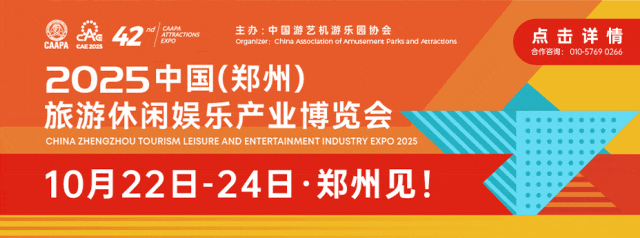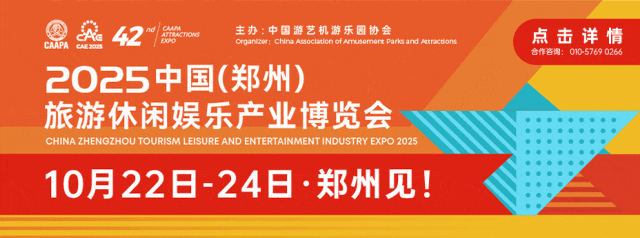
Why is cultural and tourism planning so important?
Source:
Author:
Release time:
2025-09-23
Click to view details



Come here ↓ to discover new trends in culture and tourism
2025 China Tourism, Leisure, and Entertainment Industry Development Conference
Join forces with over 1,000 leading cultural and tourism enterprises to celebrate this grand event and seize the opportunities together.
See you in Zhengzhou from October 21 to 23!
<< Swipe left or right to view event details >>
▲
Editor-in-Chief | Yang Ming
Over the past four decades, China's tourism industry has experienced A triple jump of "Is it there?" "Is it enough?" and "Is it good enough?" Currently, several significant changes are taking place in the cultural and tourism consumption market:
·Consumption is severely polarized, with tourists more willing to pay for "emotional value."
·Social media amplifies the "show-off" demand, requiring destinations to provide content that is shareable and ripe for secondary creation.
·With the overlapping of multiple tasks—such as urban renewal, rural revitalization, and de-real estate development—the government and businesses alike are in need of new cash-flow opportunities.
This demand-side revolution is shifting the cultural and tourism industry from being "resource-driven" to "experience-driven." And it’s precisely the experience—being the most challenging aspect to standardize and replicate—that sets this transformation apart.
Thus, cultural and tourism planning—this "translation discipline" that transforms culture into narratives and resources into immersive experiences—is gradually being reevaluated, with its importance increasingly coming to the fore.
It is the meticulous engineering of "Cultural and Experiential Translation."
Many places mistakenly view cultural and tourism planning as simply "hiring a team to develop conceptual plans, sketching a few renderings, and preparing an investment promotion PPT." Behind this lies the misconception of equating planning with "packaging," rather than "translating."
True cultural and tourism planning must address three core questions:
1. How can cultural genes be decoded? — By transforming the dormant texts in local historical records, the warmth felt beneath the fingertips of intangible cultural heritage inheritors, and the nostalgic flavors etched in the memories of longtime residents, into symbols, settings, and narrative threads that resonate with today’s consumers.
2. How can spatial storytelling create a closed loop? — From the visitor’s “first impression” to the lingering “last-mile回味,” carefully calculate the duration of their stay, key consumption points, and return pathways. The flow, pacing, and emotional highs and lows should be as precise as film storyboard sequences.
3. How can the business model be sustainable? — How should cash flows from tickets, food & beverage, retail, performances, accommodations, digital assets, and more be balanced? When should these investments be recouped? It’s essential to integrate the necessary interfaces into the planning stage from the outset.
One sentence: Planning = Cultural Translation + Experience Conversion + Business closed loop. Without any one link, the project will… Inevitably Falling into The curse of "opening at the peak, only to become useless after three years."
Three "reviving from the brink of death" moments
1、 Chang'an Twelve Hours Theme District
The Chang'an Twelve Hours themed district was originally "existing property" located next to Xi'an's Tang Paradise—once merely a cold, underutilized area of the shopping mall. The planning team transformed the TV series' intellectual property into a "sundial timeline," with visitors receiving a "time-hour mission card" upon entry. Guided by NPC actors, guests immerse themselves in the vibrant daily life of the prosperous Tang Dynasty. Just three months after opening, the space's efficiency per square meter has soared sixfold—yet the key isn't the "Tang-style architecture," but rather the "interactive, story-driven experiences" that draw visitors in.
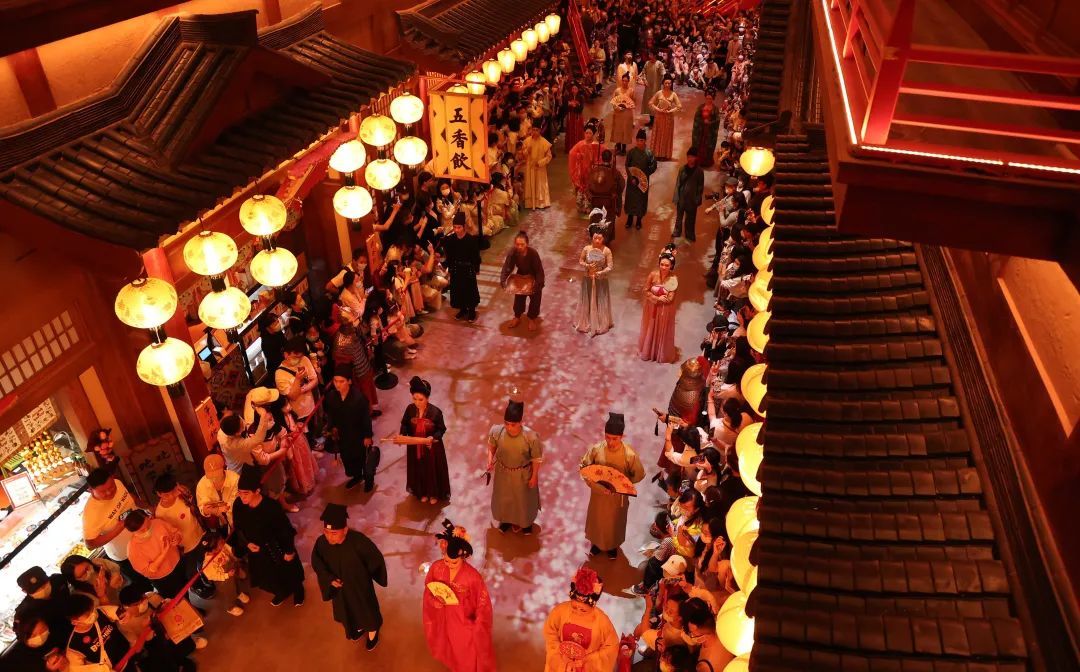
2、 Anaya
In 2013, Anaya was a sluggish property project in Changli County, Qinhuangdao. By summer 2023, its average nightly rate had soared to 2,500 yuan, attracting approximately 3 million visitors throughout the year. The community’s commercial sector generated an annual turnover of 1.8 billion yuan, while second-hand residential units fetched prices ranging from 45,000 to 60,000 yuan per square meter—marking a premium of 3 to 4 times higher than surrounding areas. At the heart of Anaya’s success isn’t its stunning sea views, but rather the visionary planning team that transformed iconic landmarks like the "Lonely Library" and the "Seaside Auditorium" into universally resonant cultural symbols. By fostering a vibrant community spirit, they’ve managed to turn transient visitors into long-term residents, creating a thriving, sustainable lifestyle hub.
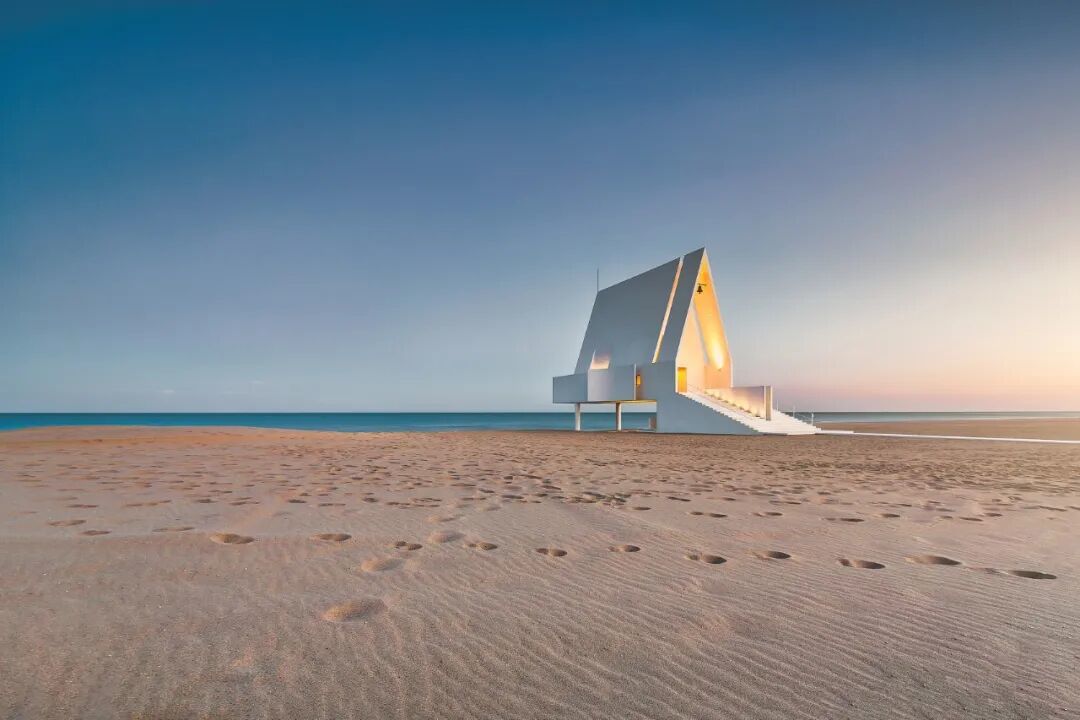
3 Wansuishan Martial Arts City
The successful transformation of Wansuishan Martial Arts City stands as a prime example of innovative cultural and tourism planning. Previously, it faced intense competition from industry homogeneity. By rebranding—dropping the word "Great Song" entirely—it successfully shifted its narrative from a broad historical dynasty portrayal to a focused strategy centered on the core IP of "martial arts." This precise positioning, coupled with meticulously crafted, round-the-clock immersive performances and interactive experiences, has not only dramatically boosted brand awareness but also propelled visitor numbers—and secondary spending—to unprecedented levels. As a result, the attraction has decisively escaped the trap of cutthroat competition, achieving a comprehensive leap in both value and market appeal.
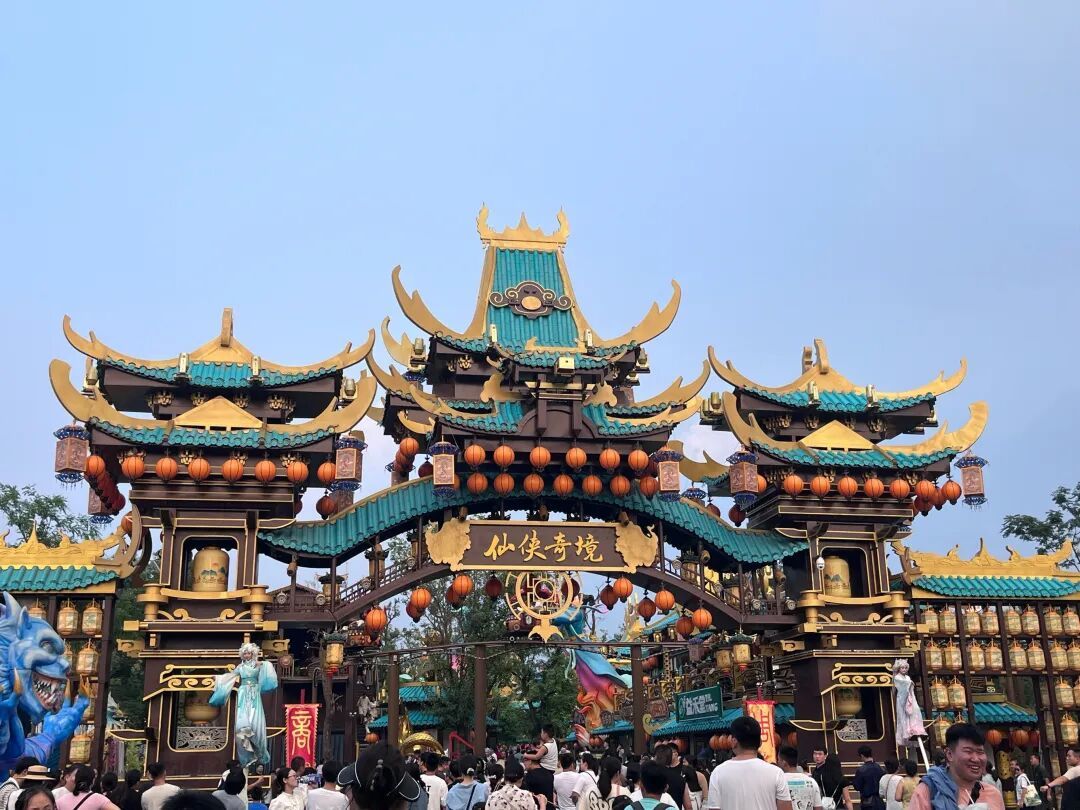
The winning strategy in cultural and tourism planning has never been “It’s not about how much money was invested,” but rather, “how many cultural codes were decoded—and transformed into emotionally engaging interfaces.”
The meticulously planned "Triple Trap,"
Why are there so many failed projects?
1. The flattening of cultural symbols. Non-heritage sites are reduced to mere "photo backdrops," while history is simplified into "historical-costume NPCs." As a result, culture loses its depth and complexity over time, leaving only a thin "filter" behind. Tourists snap their photos in just 15 minutes—and then find themselves left with a sense of "spiritual emptiness."
2. The fragmentation of spatial storytelling. Many scenic area visitor routes resemble a "puzzle," with tourists guided relentlessly by apps, signage, and announcements—but still unable to fully enter into "flow." At the root of this issue lies the fact that "emotional curves" weren't prioritized during the planning stage.
3. The singular focus of the business model. Over-reliance on ticket sales, with secondary revenue limited to just "grilled sausages + cultural-themed ice cream"; or an unwarranted pursuit of "luxury" or "XX-level" experiences, while neglecting the purchasing power and preferences of local residents. Ultimately, this leads to a breakdown in cash flow, leaving the cultural narrative unsustainable as well.
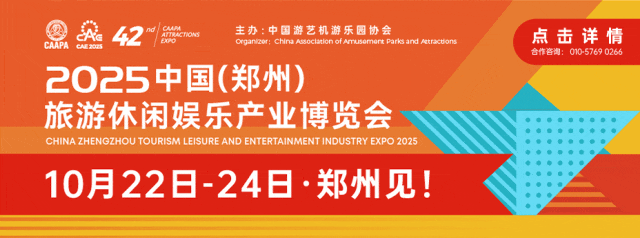
Methodology: A Seven-Step Approach from "Resource Inventory" to "Emotional Design"
1. Cultural deep mapping. Using anthropological fieldwork methods, document the "non-standard answers" of local knowledge.
2. User profiles. We distinguish between "geographic audience, enclave audience, and digital audience," each of whom has entirely different time costs and social currency needs.
3. Storyline design: Just like writing a script, embed the "rise, development, twist, and resolution" into the space—starting with an intriguing entrance, culminating in a ceremonial climax, and leaving a lingering aftertaste at the exit.
4. Scene granularity. Break down "eat, live, travel, shop, and entertain" into minute-by-minute experiences—such as, "How does the 180 seconds from ordering a bowl of noodles to finishing it become a cultural memory?"
5. The business closed loop. Leverage the "IP Pyramid" model—featuring the core IP (the irreplaceable cultural blueprint), derivative IPs (replicable experience modules), and digital IPs (tradable virtual assets)—to proactively plan for copyrights, membership programs, and digital collectibles.
6. Light-operation pre-integration: At the planning stage, reserve interfaces for "village cooperatives, young community managers, and Xiaohongshu bloggers," thereby avoiding the trap of "heavy assets, light content."
7. Agile iteration: Transform the "planned text" into "open-source code," updating side stories and flash events quarterly based on visitor-generated content (UGC).
Cultural and tourism planning is the soul and guiding star of any project—it transforms fragmented landscapes, architecture, and cultural symbols into a cohesive, immersive, and memorable narrative. It plants in visitors’ minds the irresistible desire to "definitely come," while also presenting investors and government stakeholders with a clear blueprint for "sustainable profitability."
A well-crafted plan that deeply understands the market, respects culture, and anticipates future trends can turn every scenic spot, every business segment, and every interaction into a "key highlight" that simultaneously attracts and retains visitors. Thus, planning not only sets the very starting point for a project's birth but also shapes the trajectory of its growth—and ultimately determines the end of its lifecycle. In fact, success or failure often hinges on nothing more than having a top-level design that truly grasps culture, tourism, and operational expertise.
Cultural and Tourism Event Recommendations
2025 Cultural & Tourism Creative Planning Activation Forum
October 23, 10:00 AM - 12:00 PM
Zhengzhou International Convention & Exhibition Center · Forum Area B
Key words:



